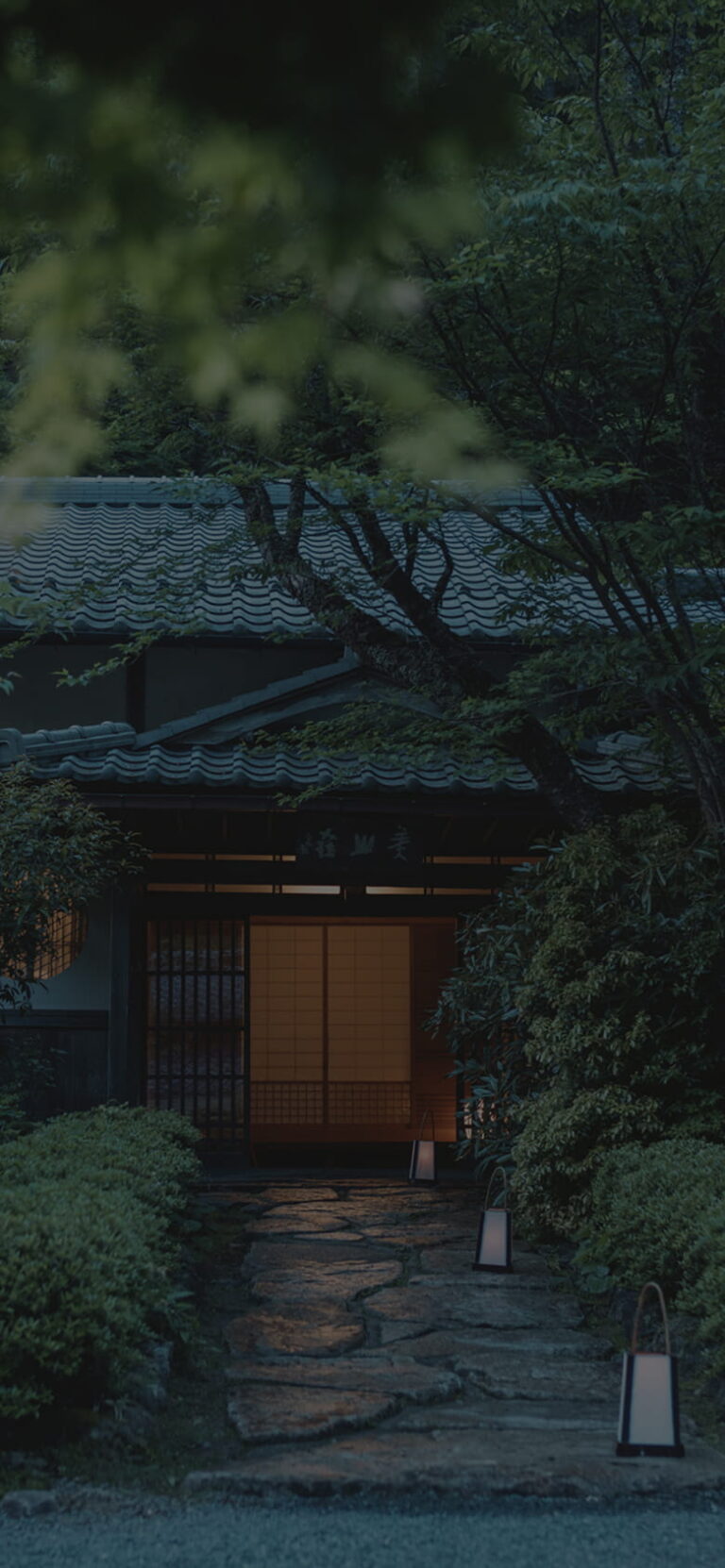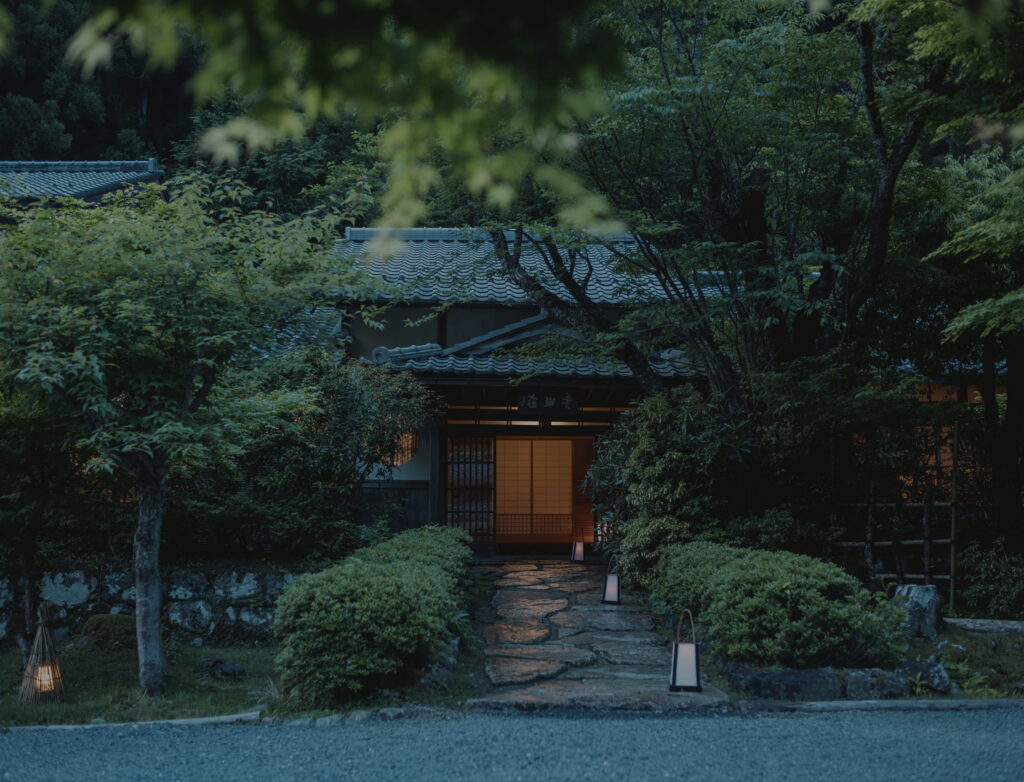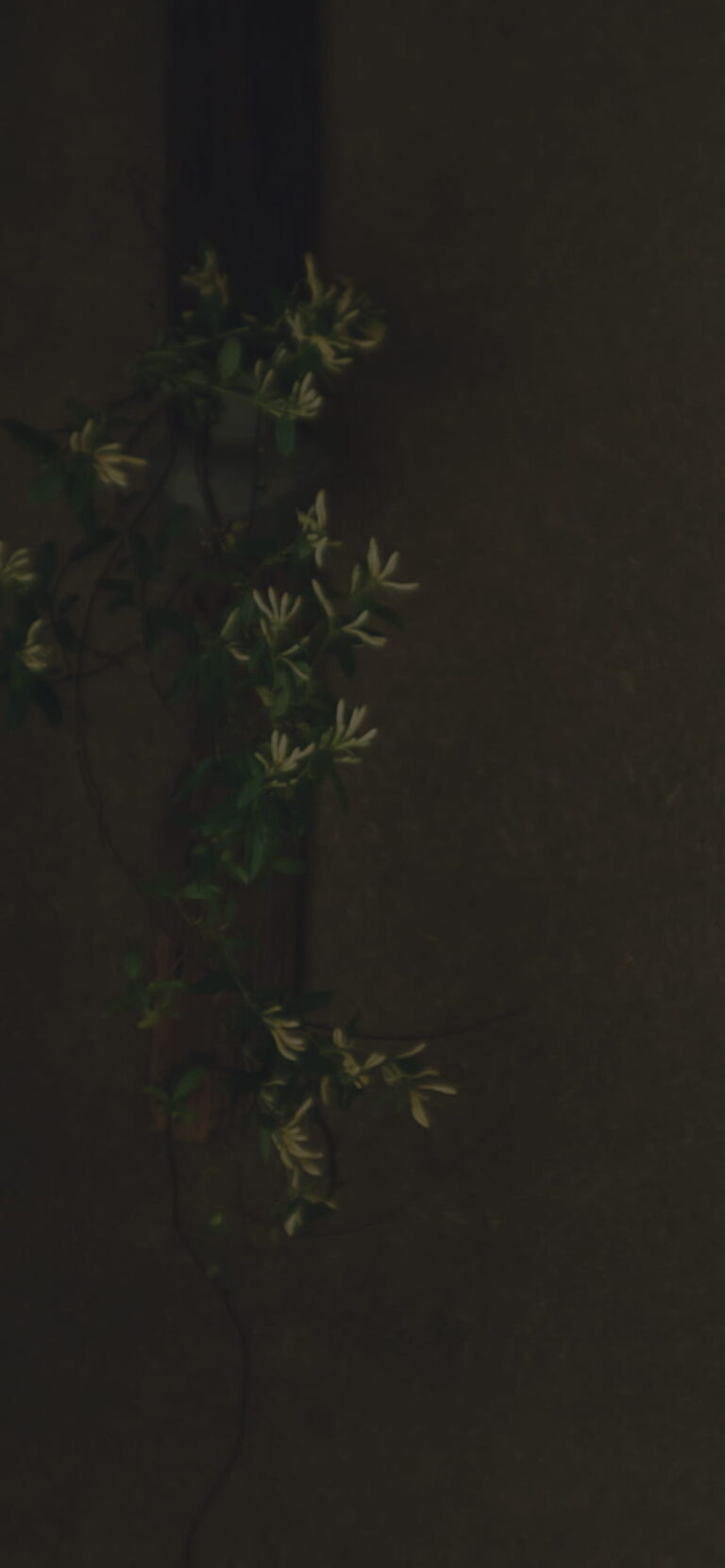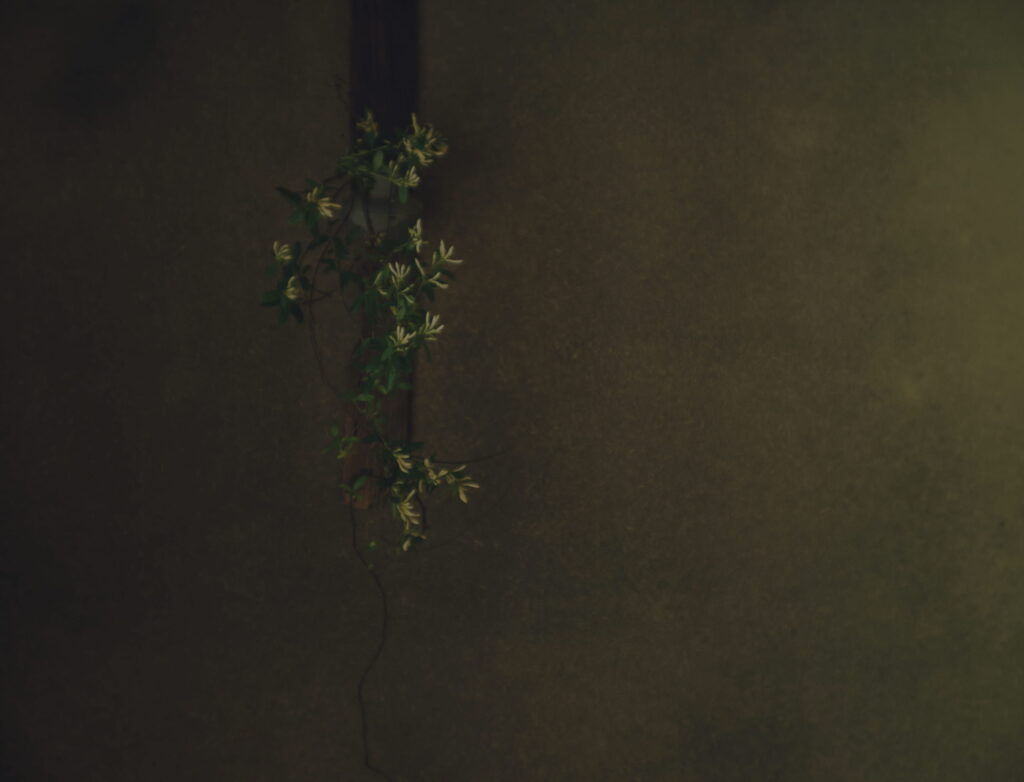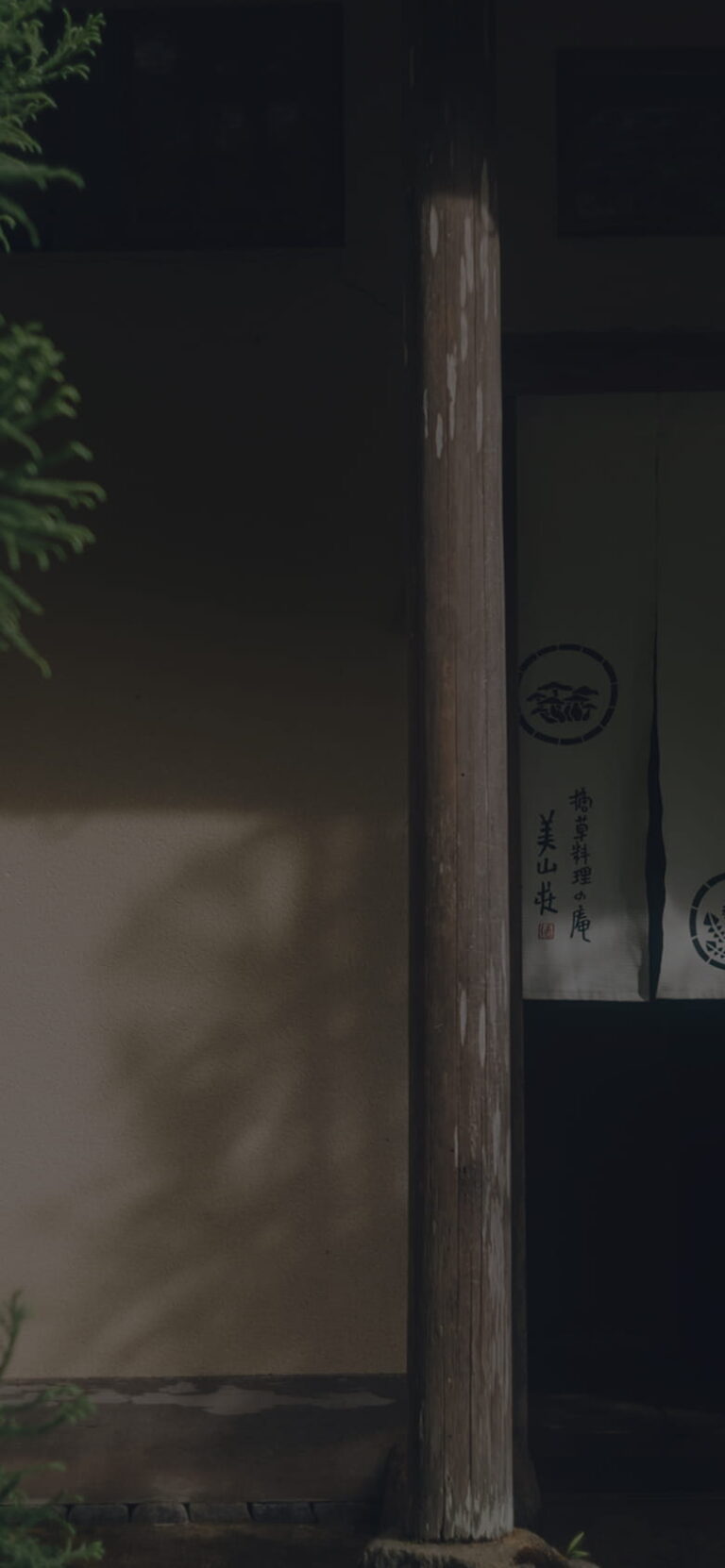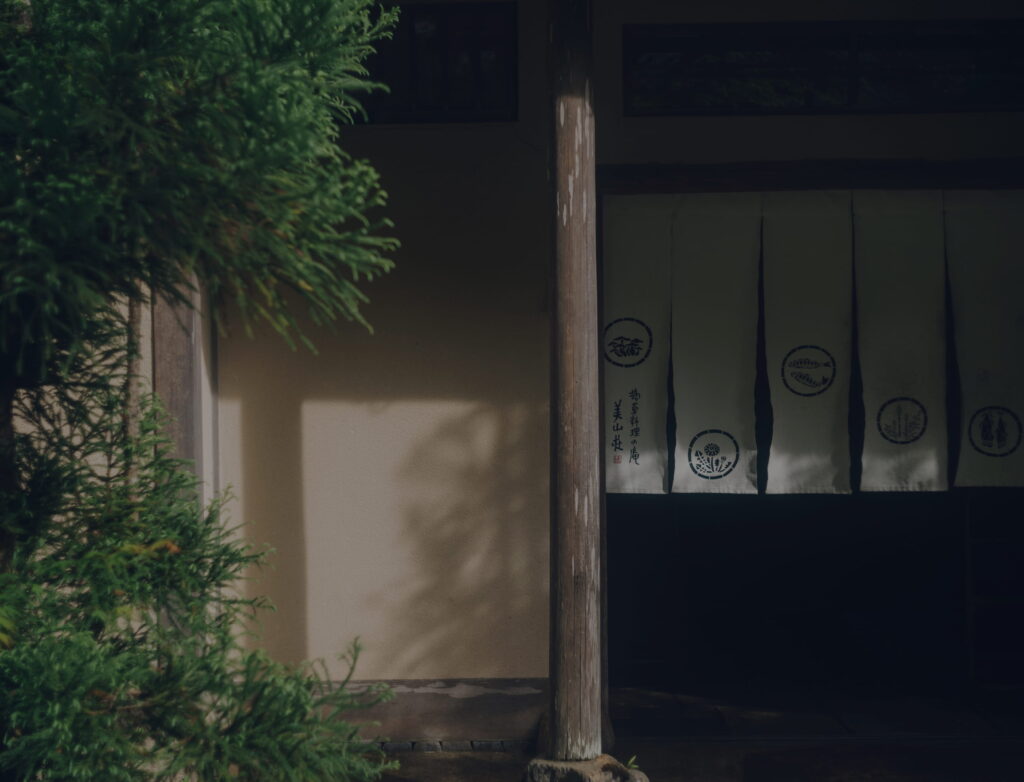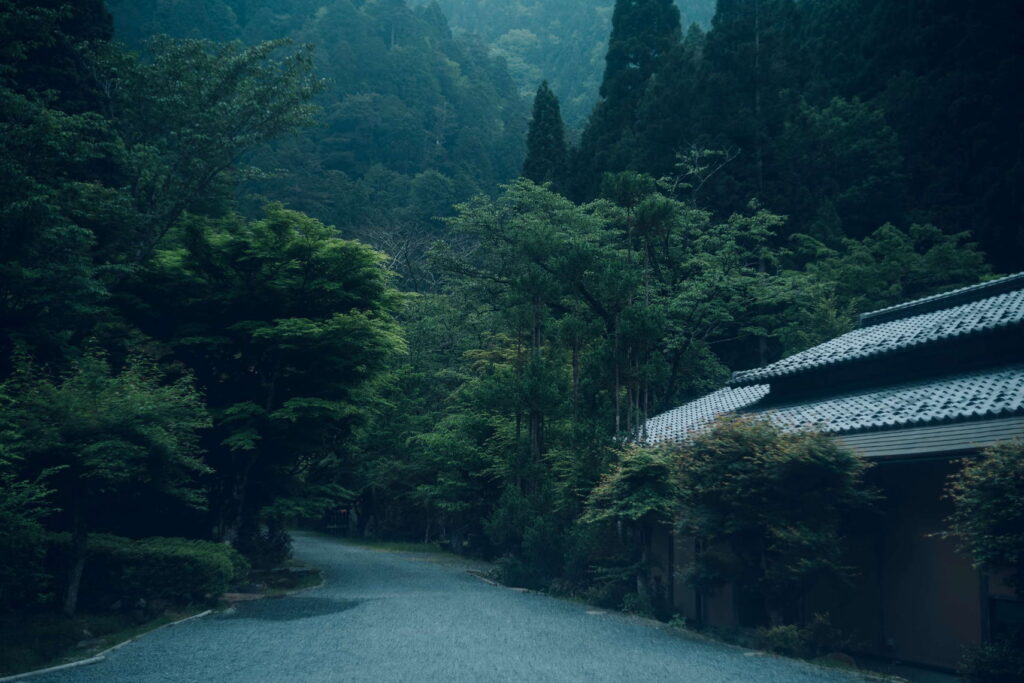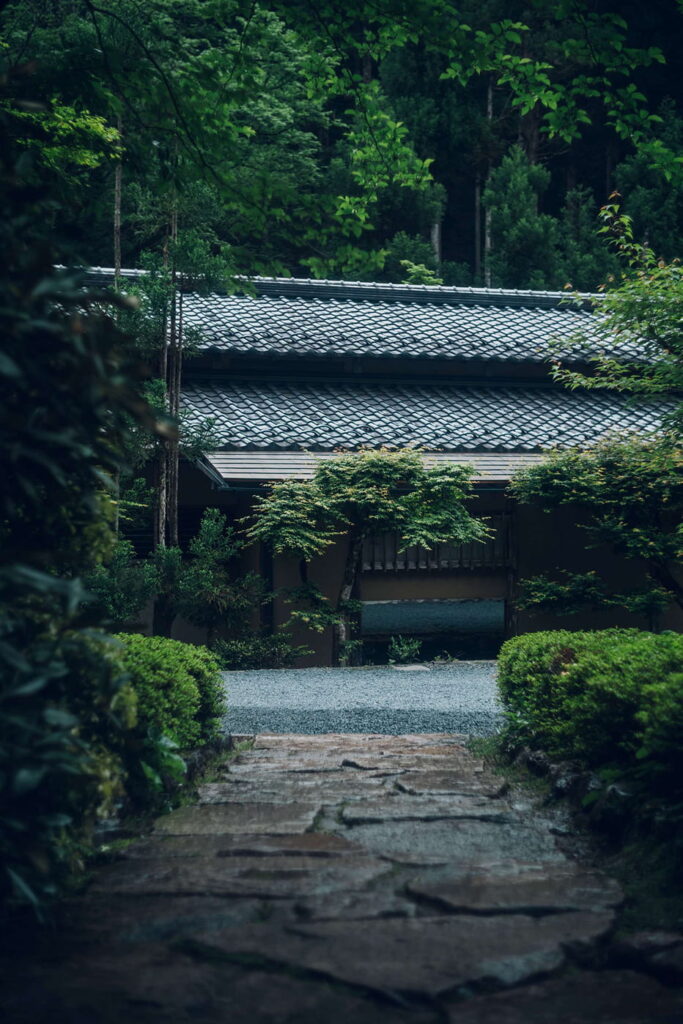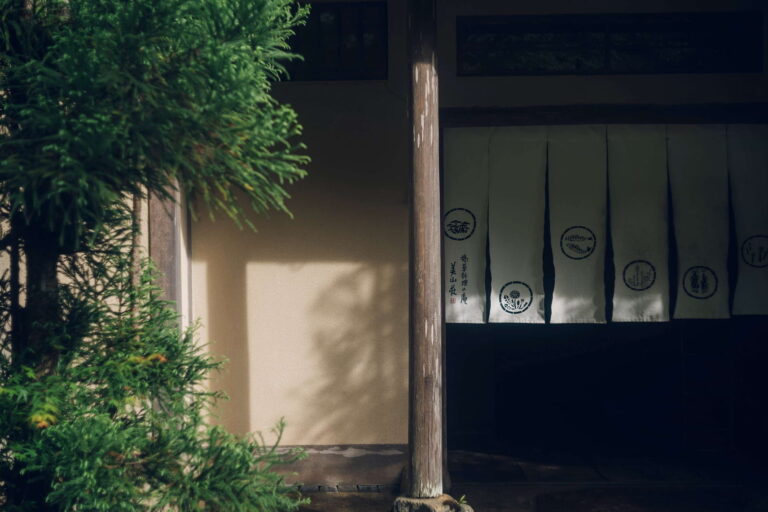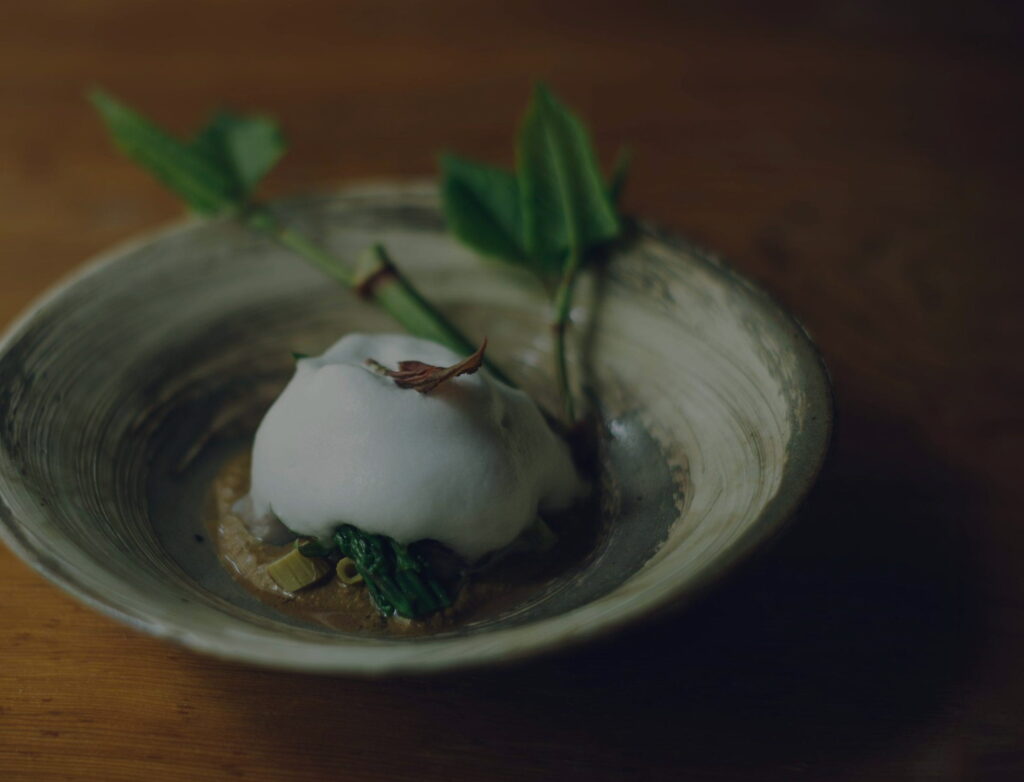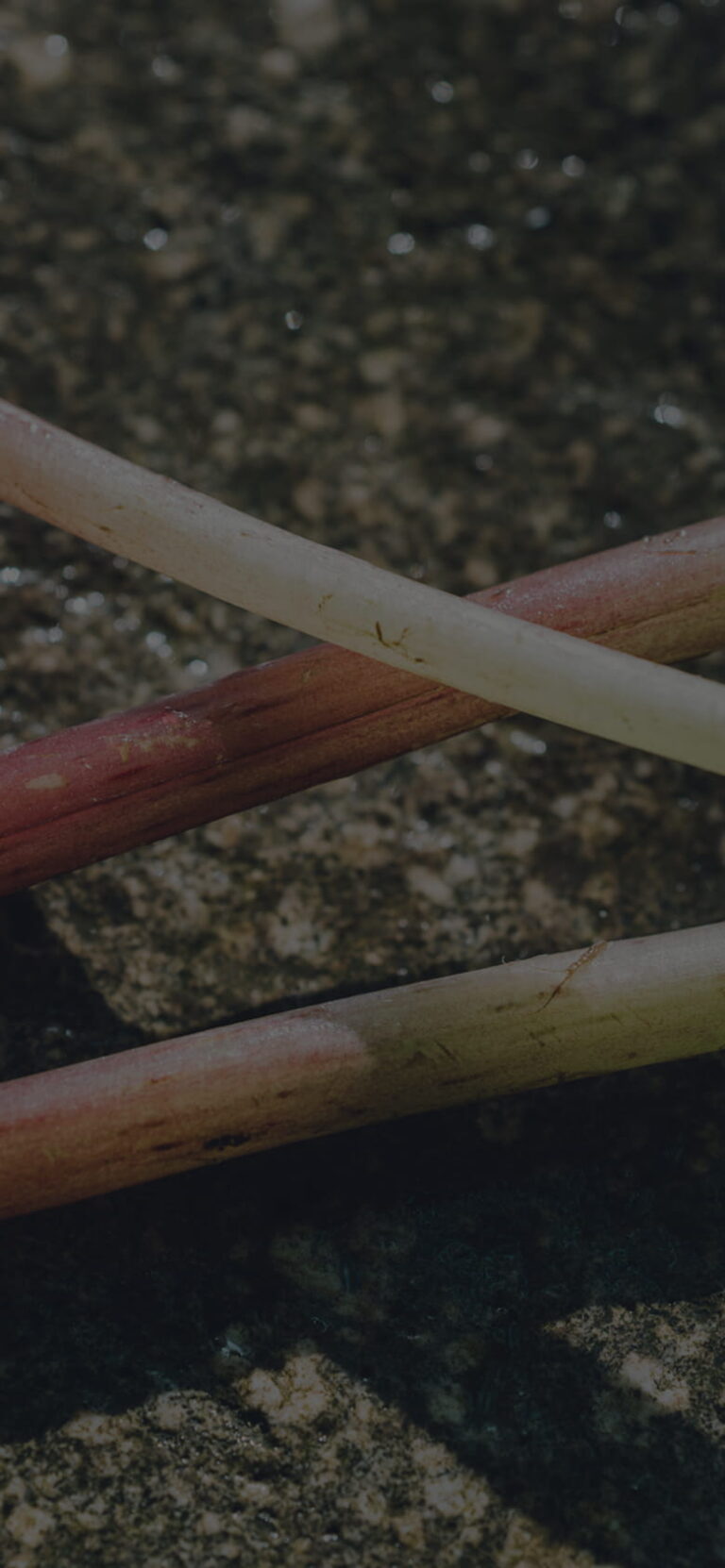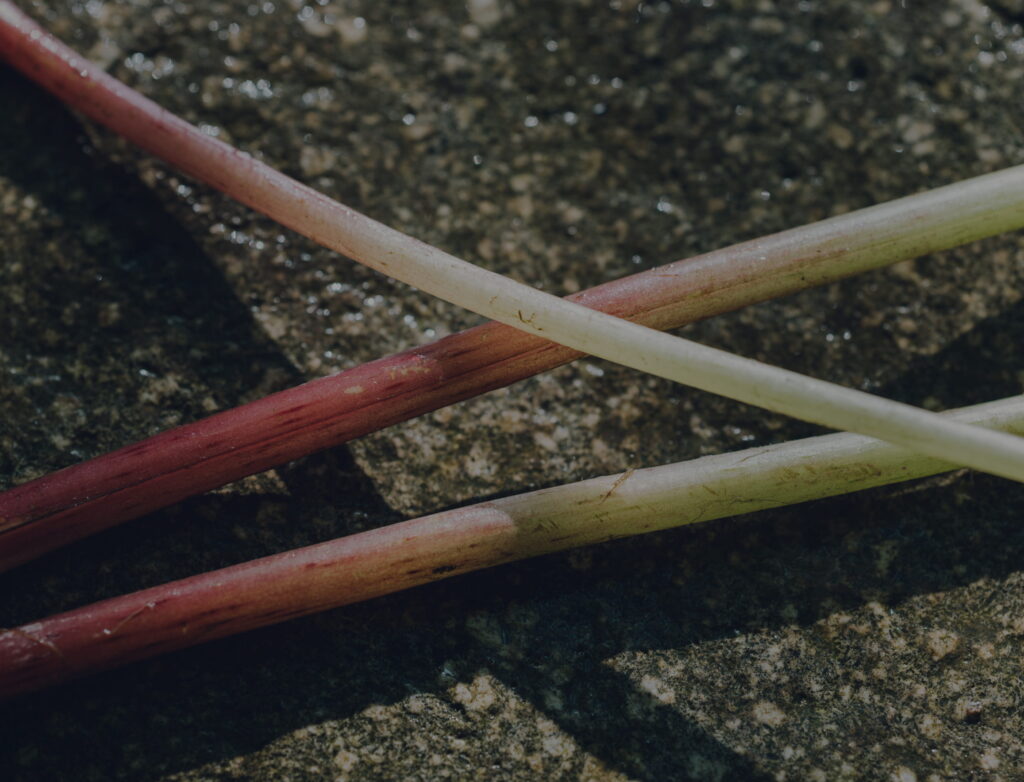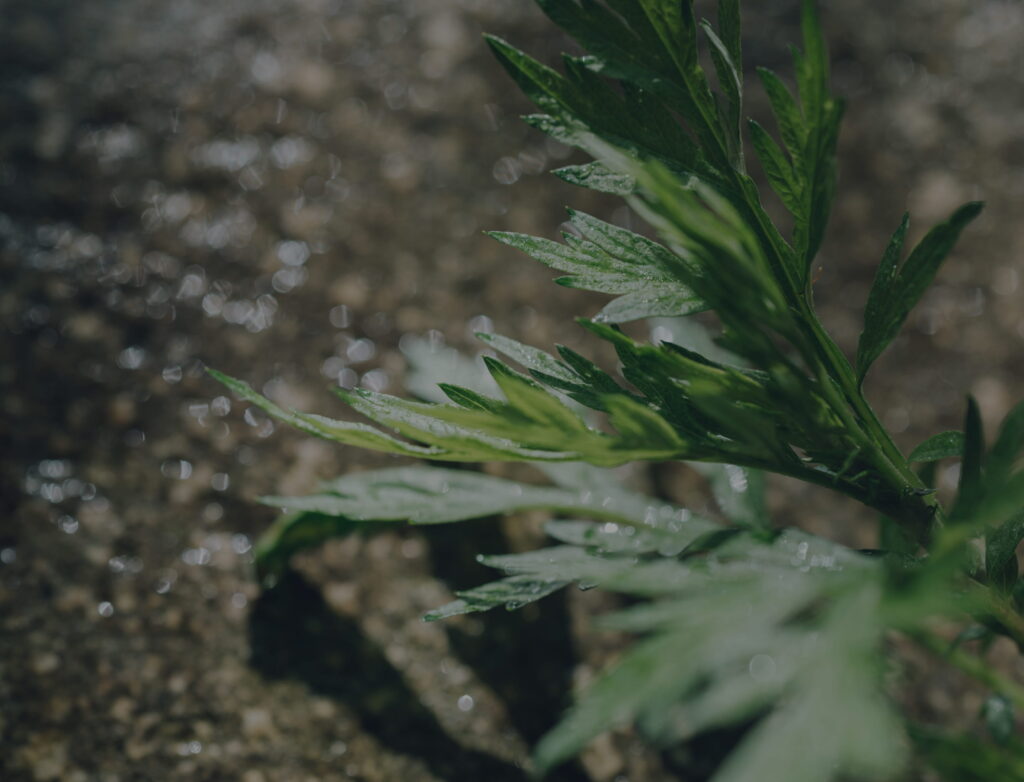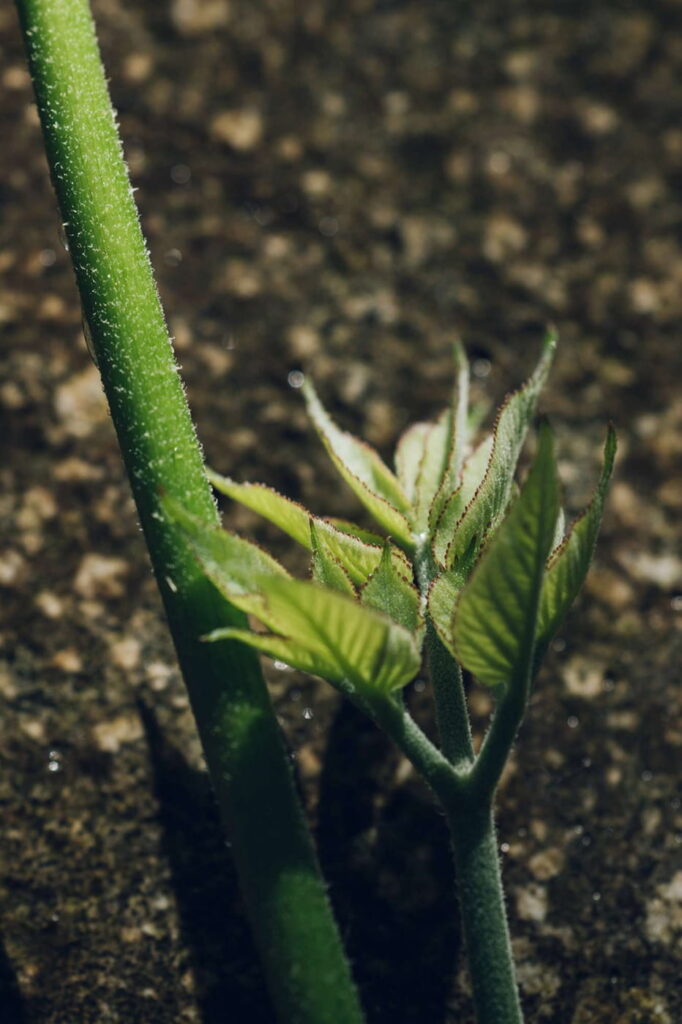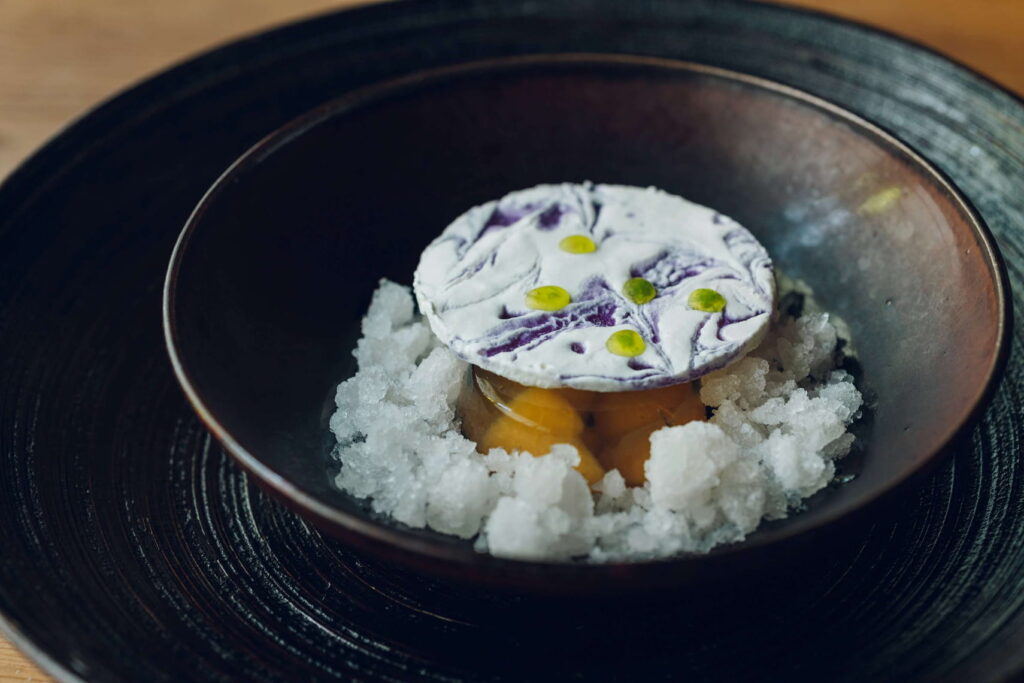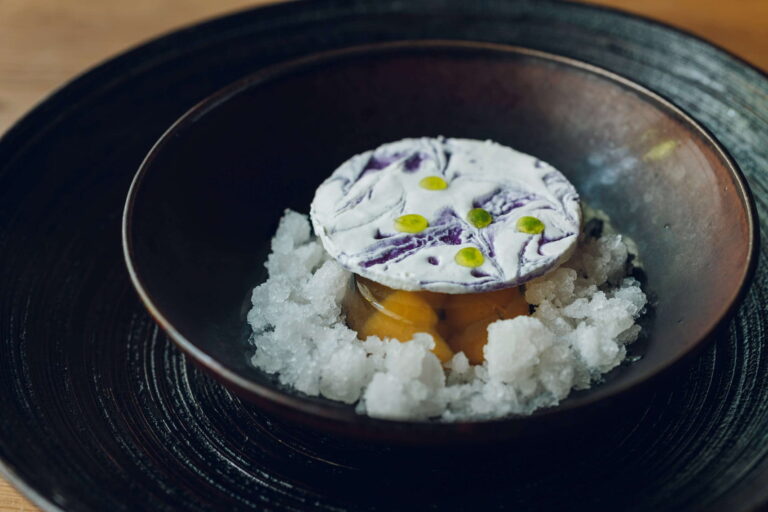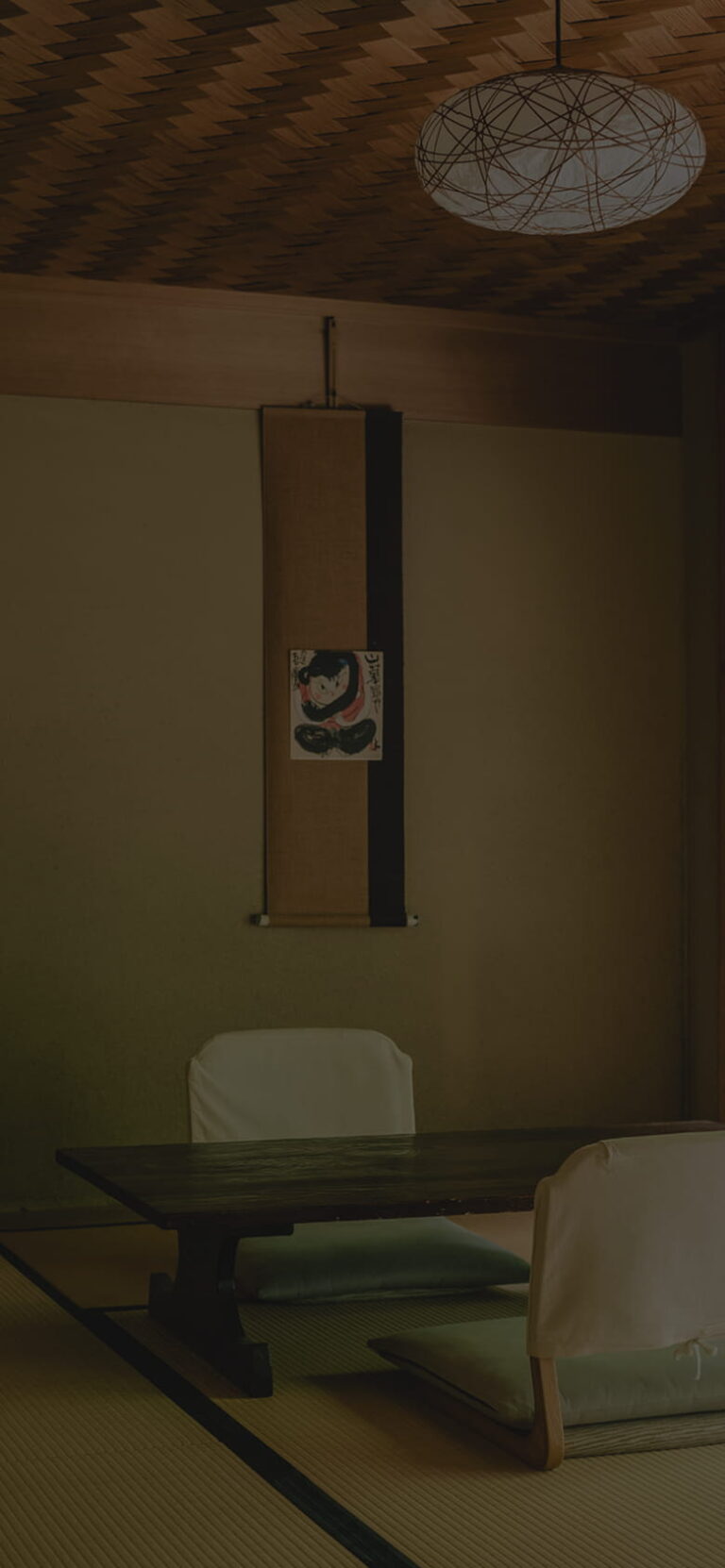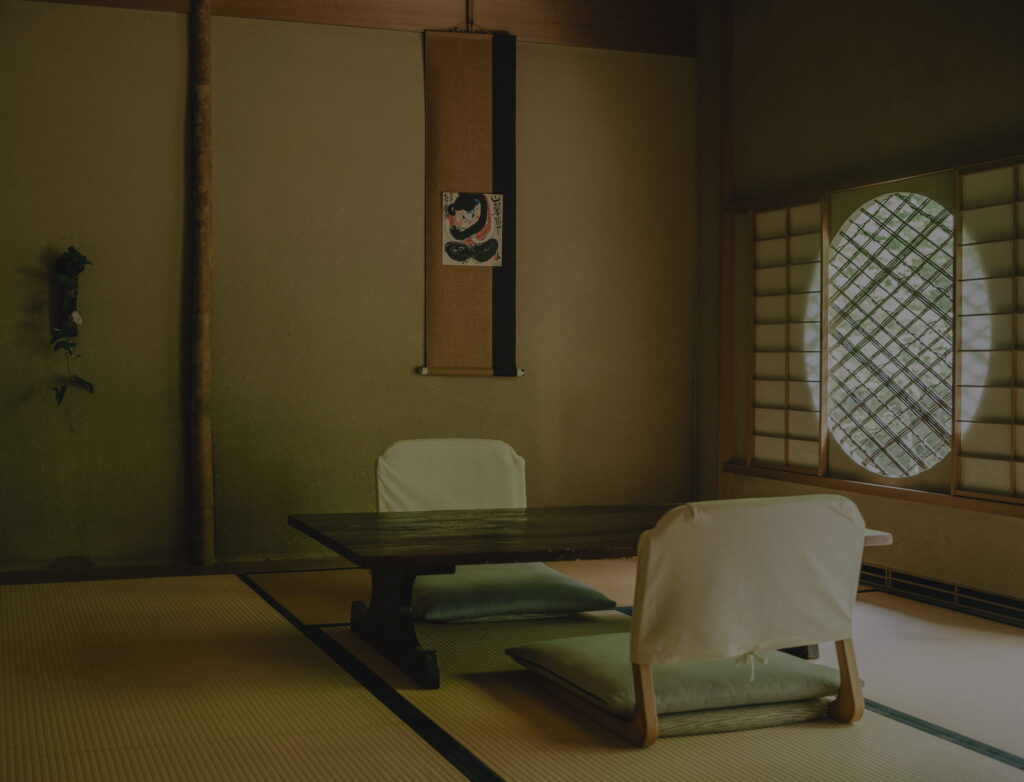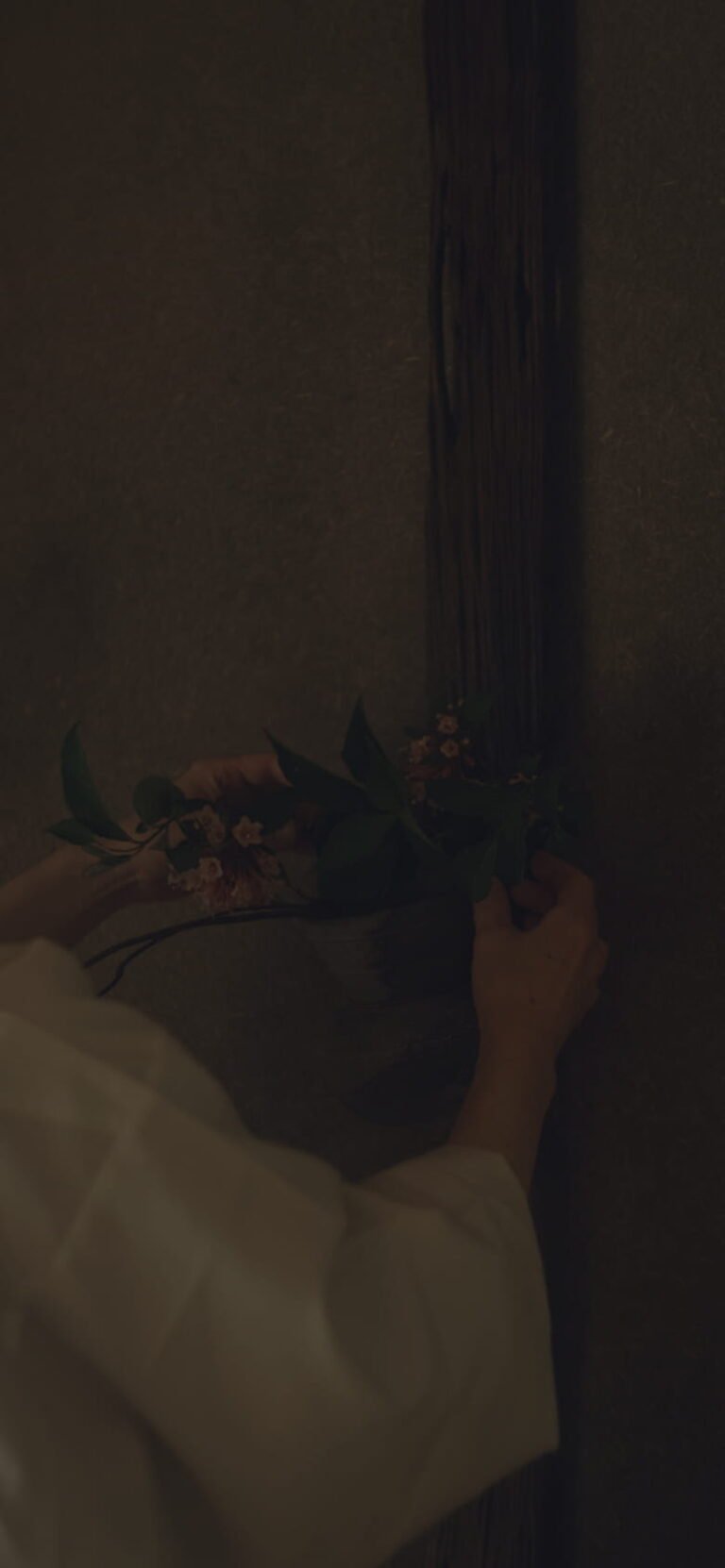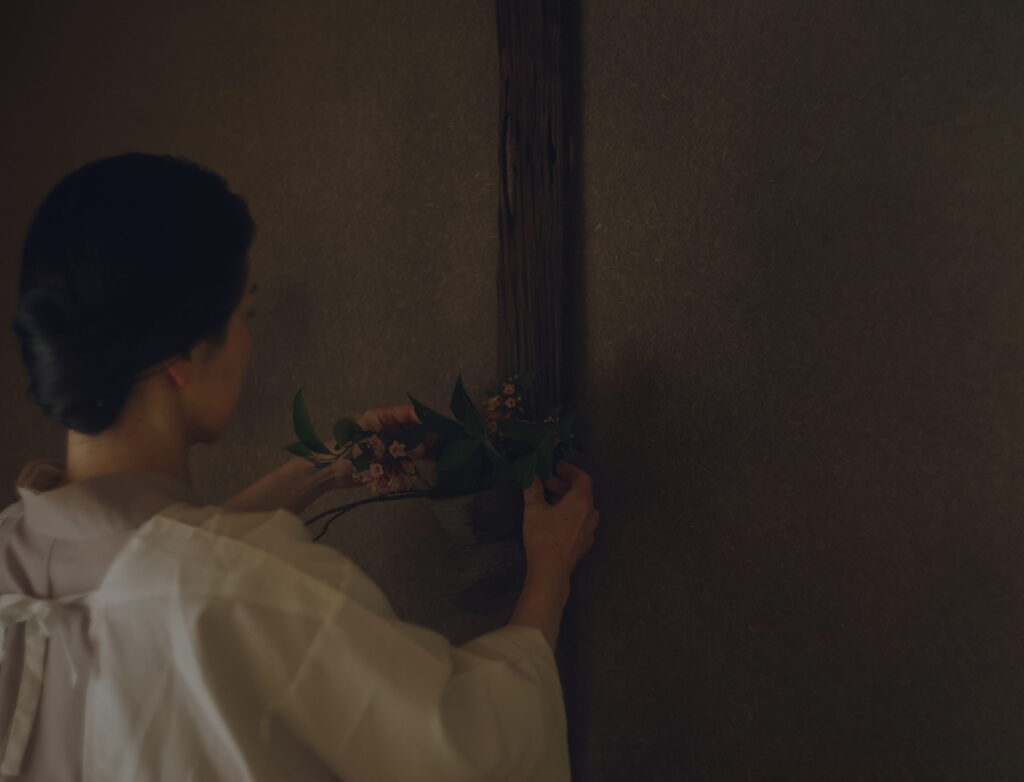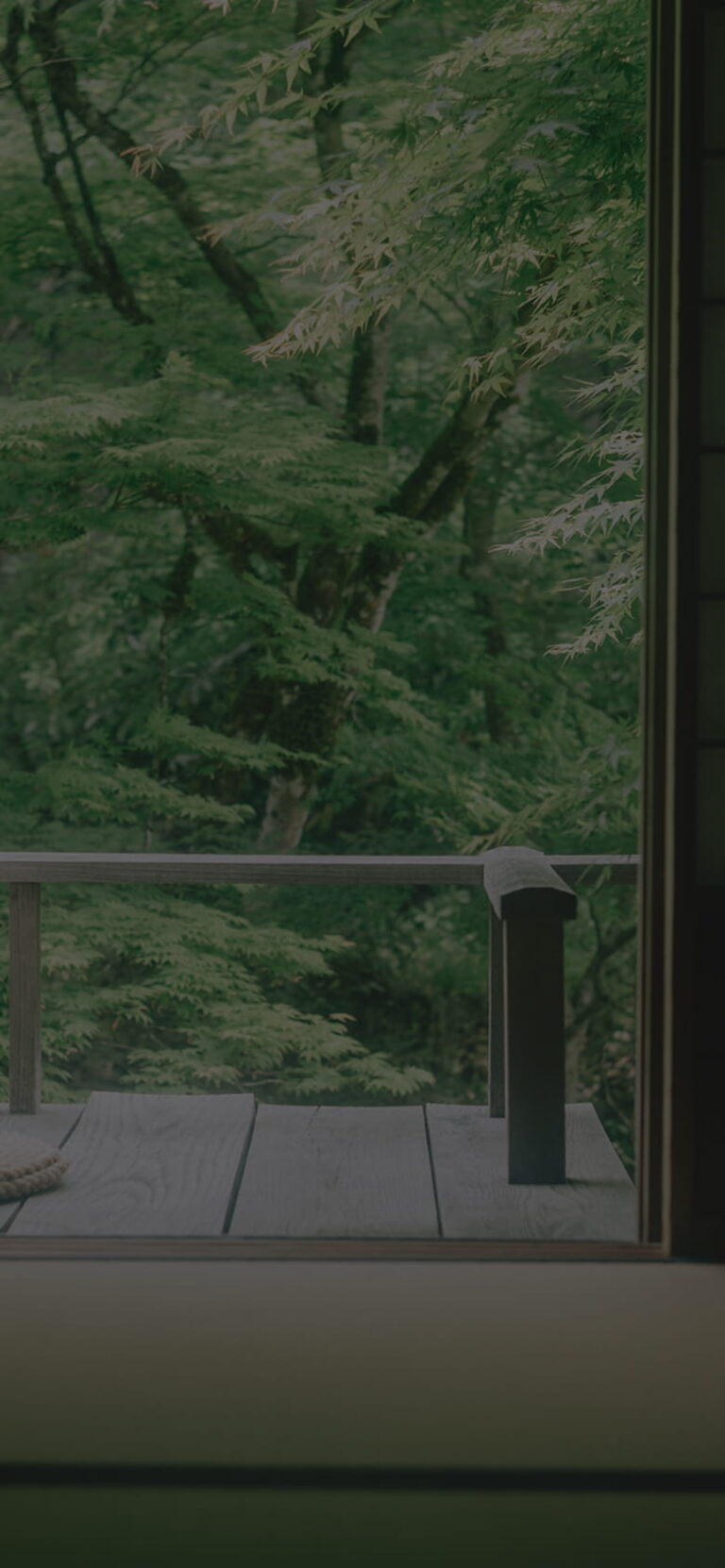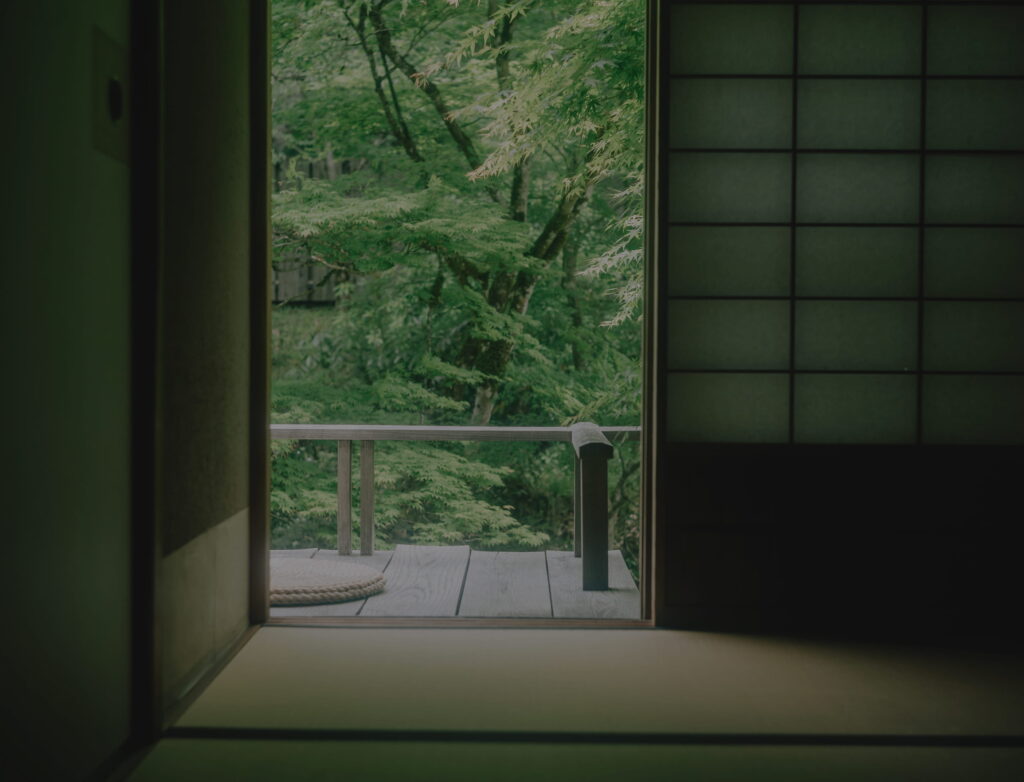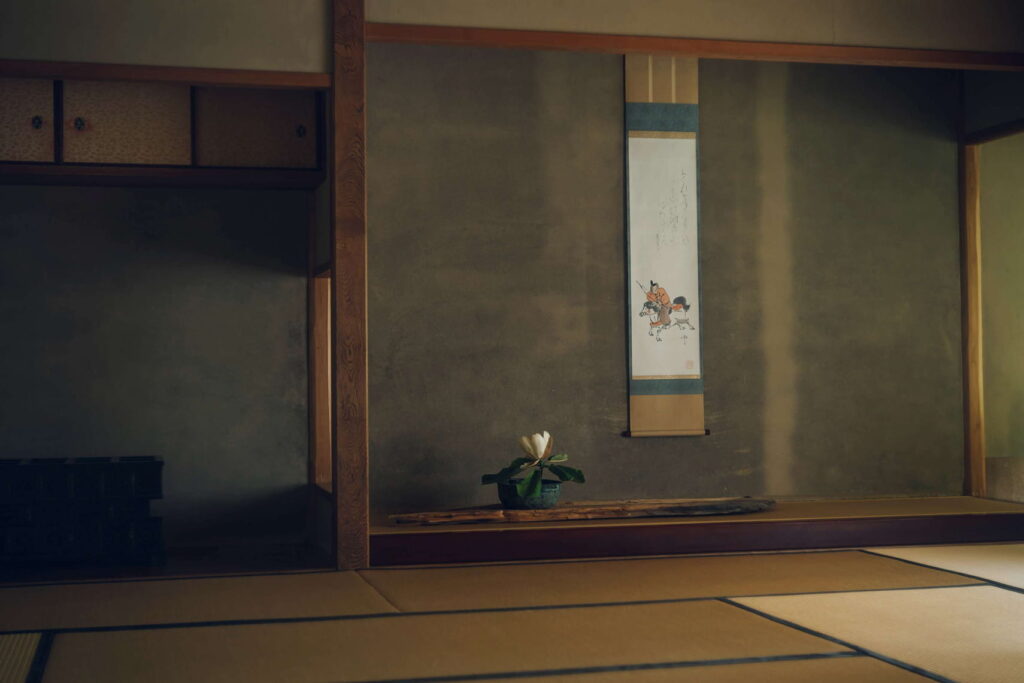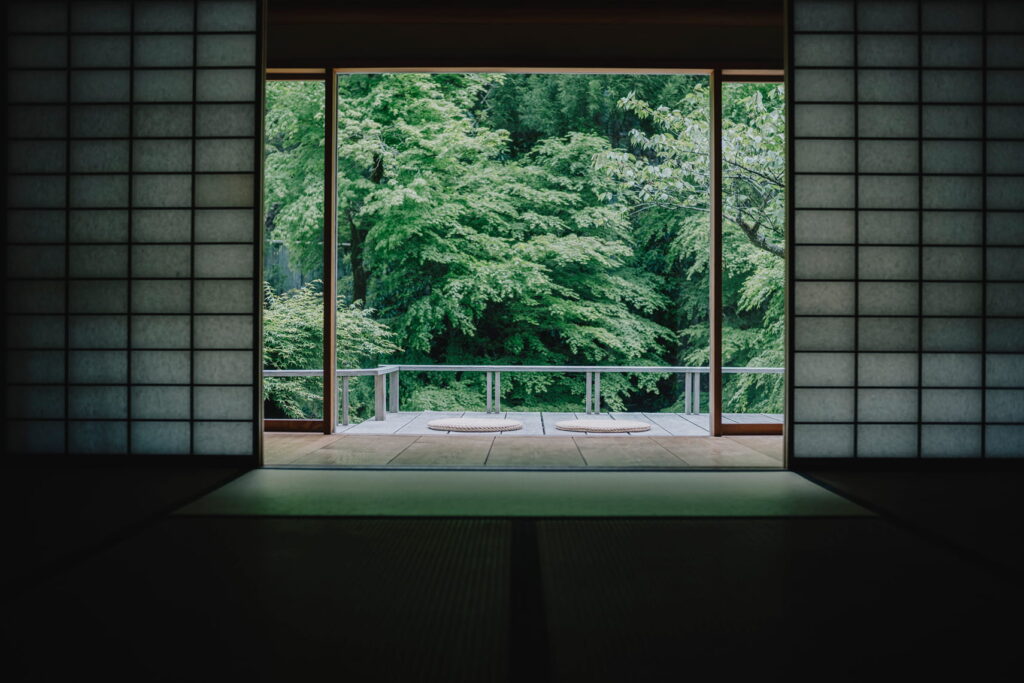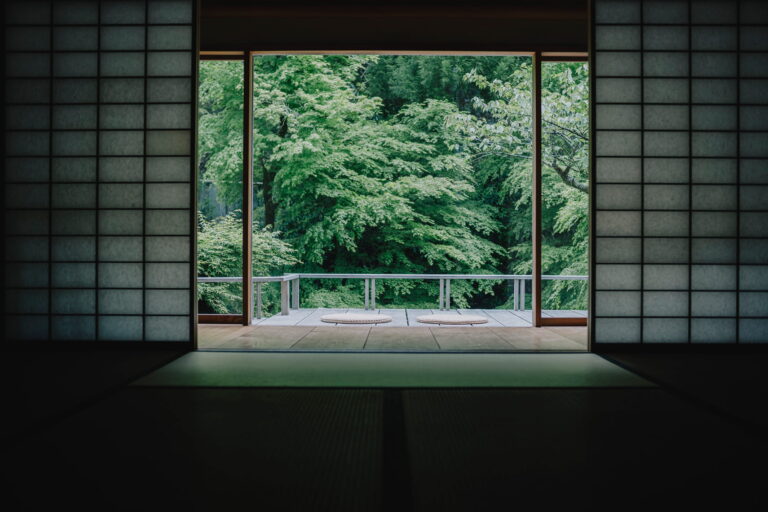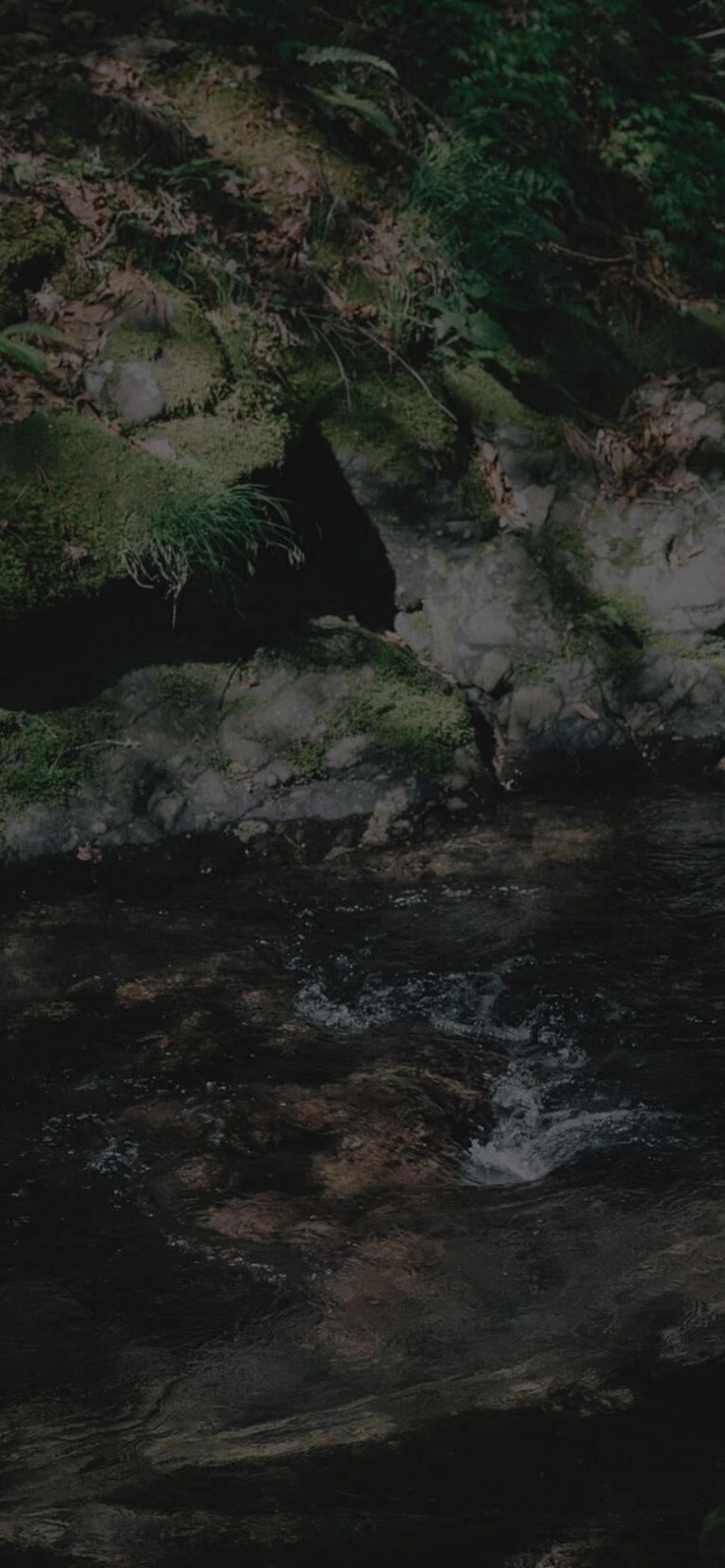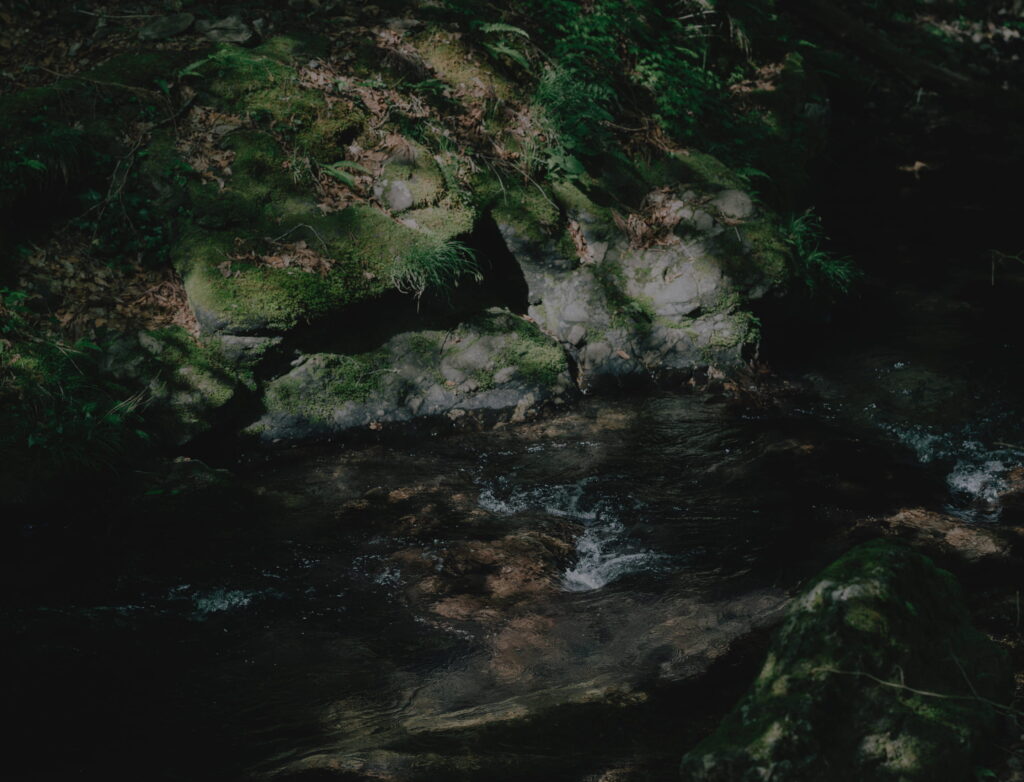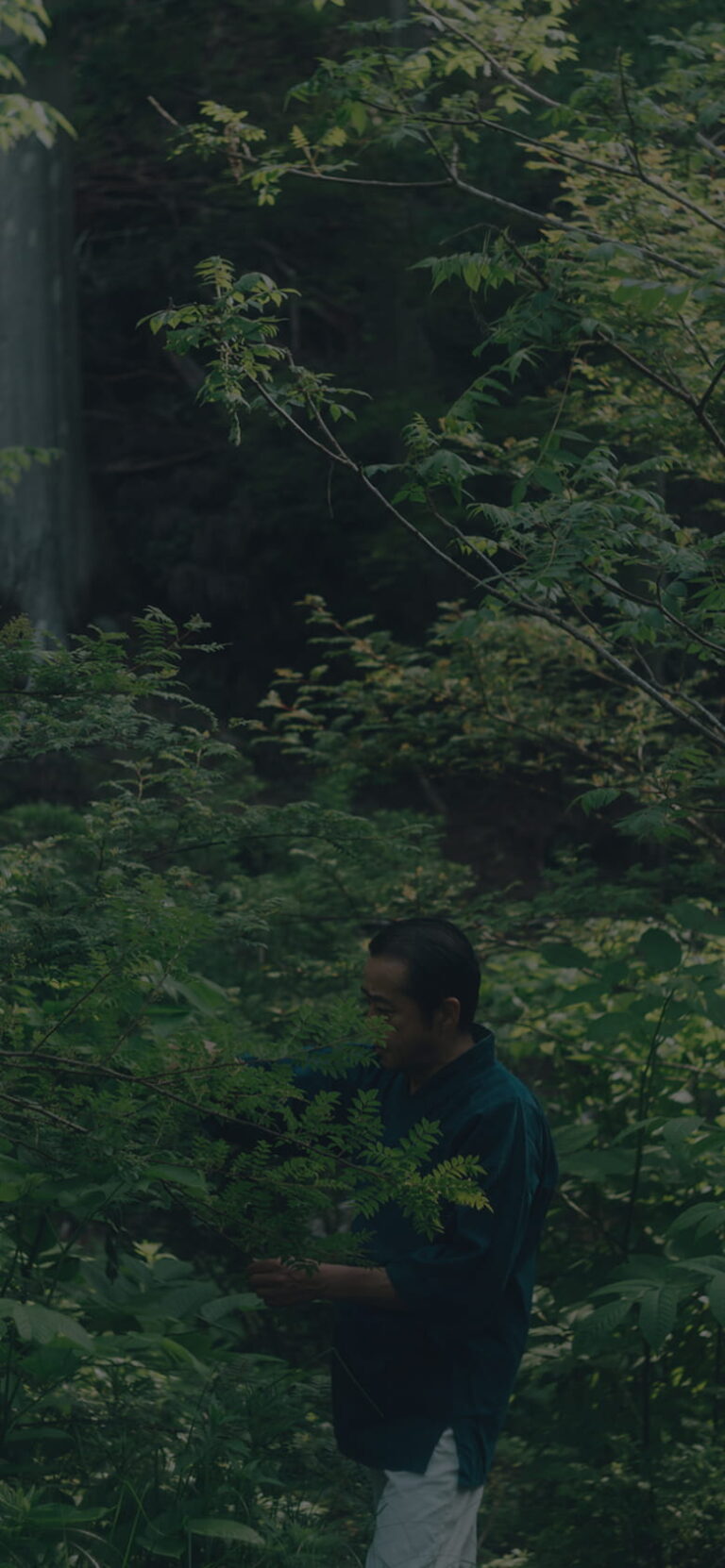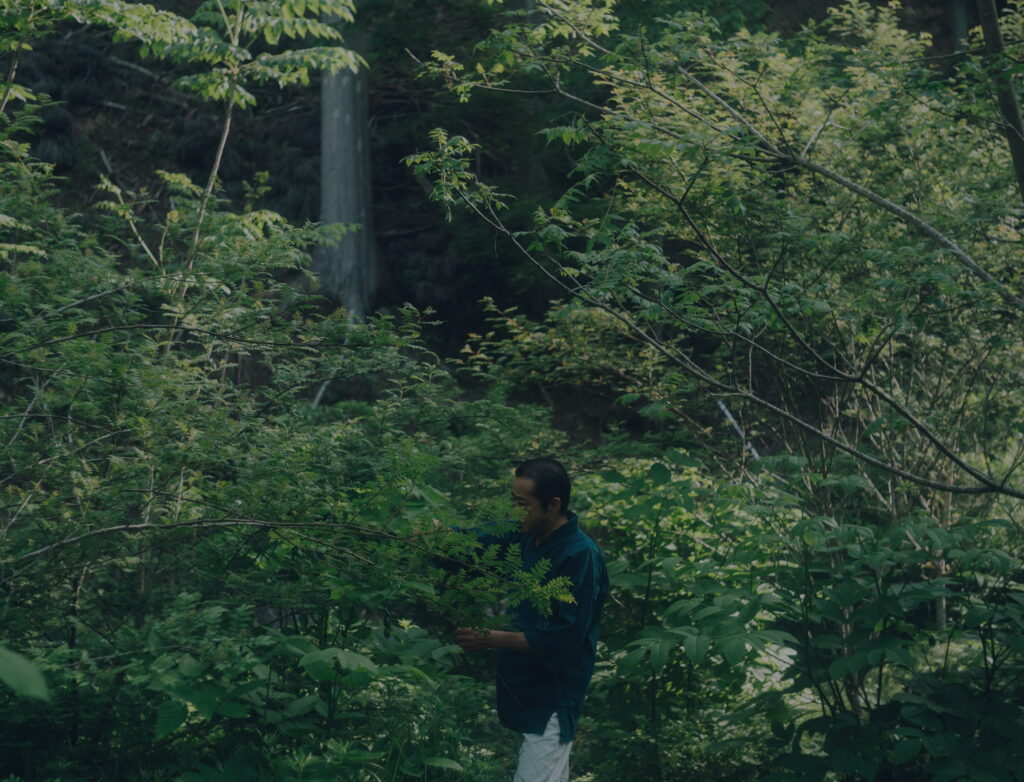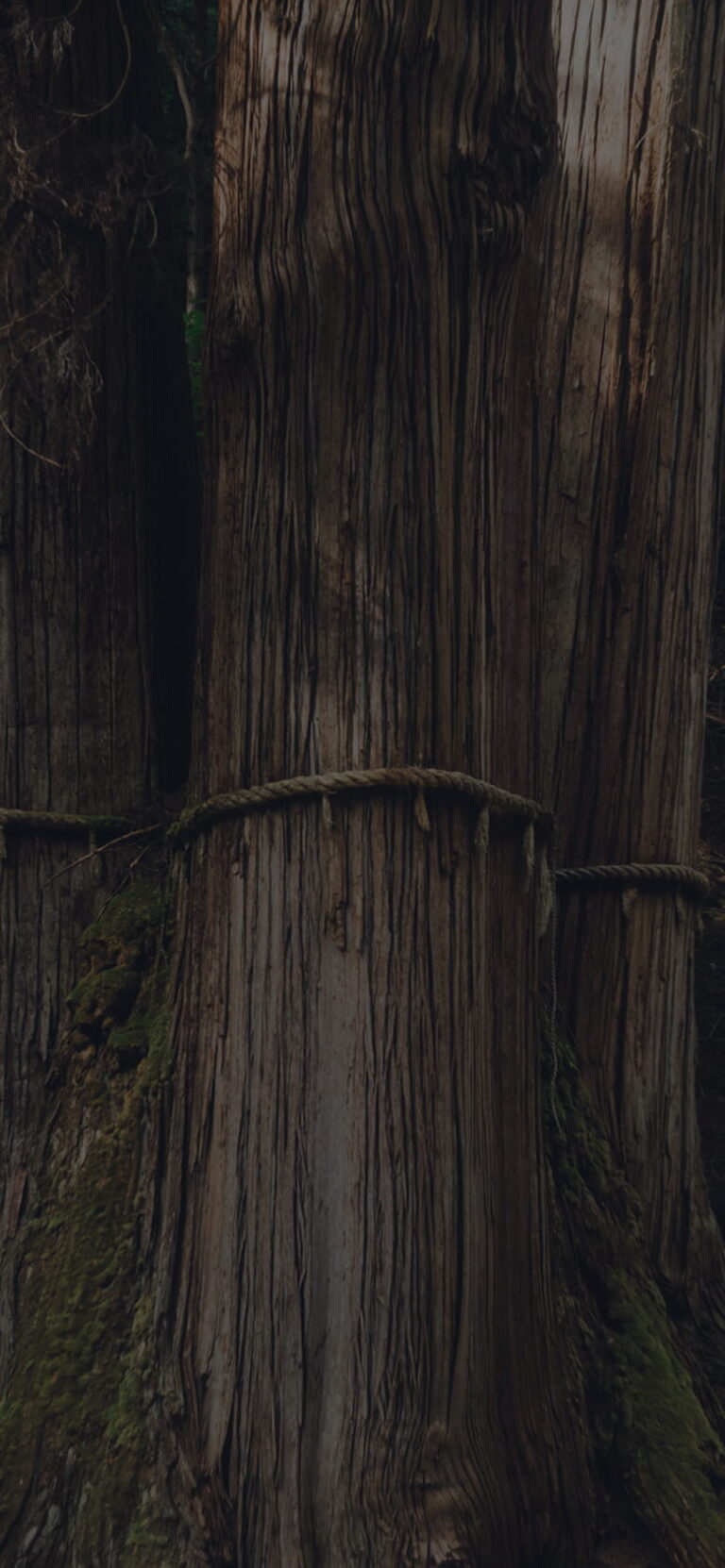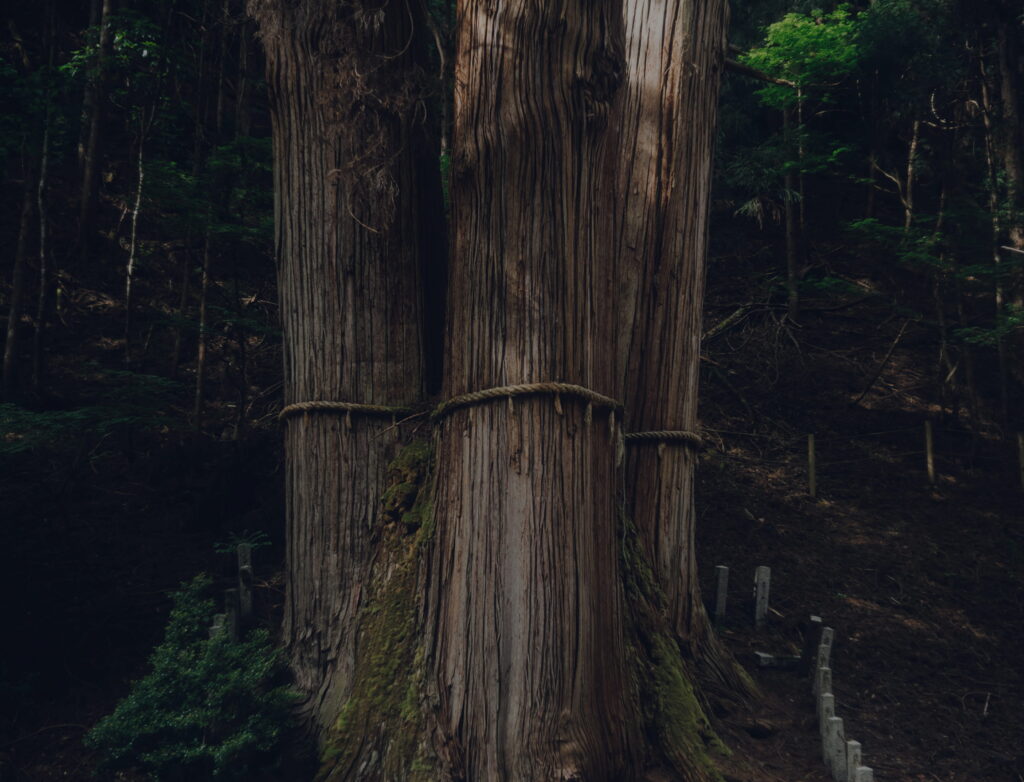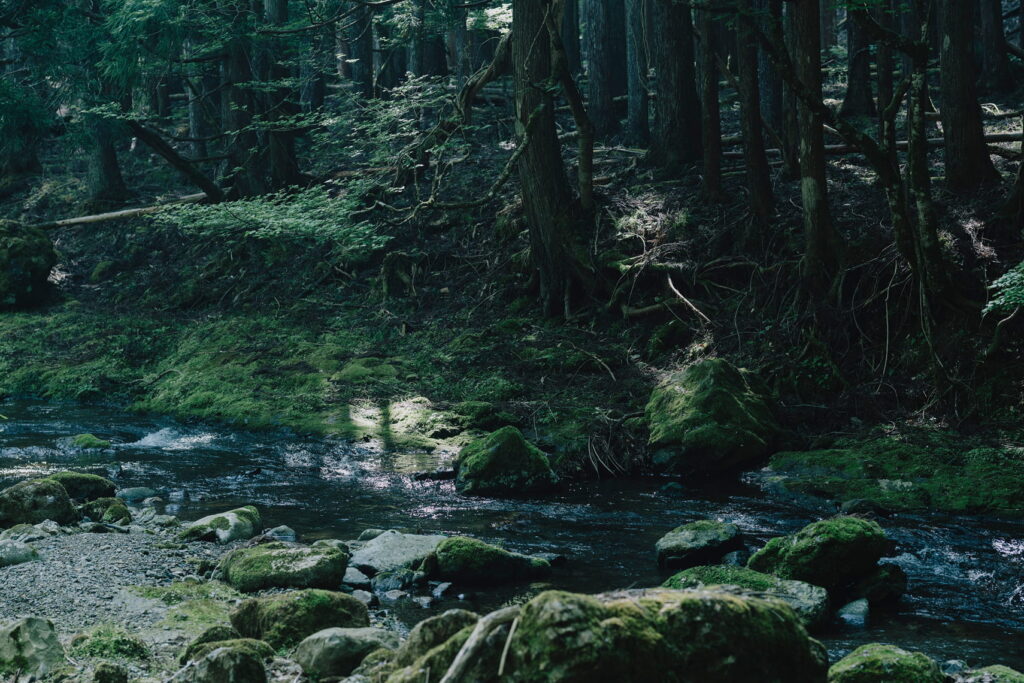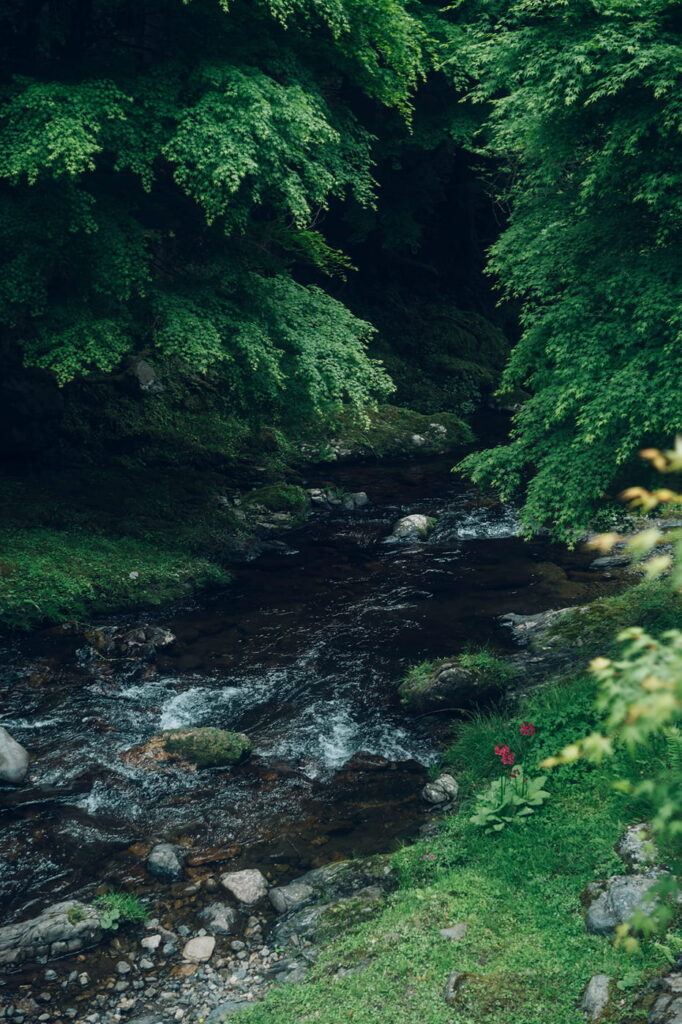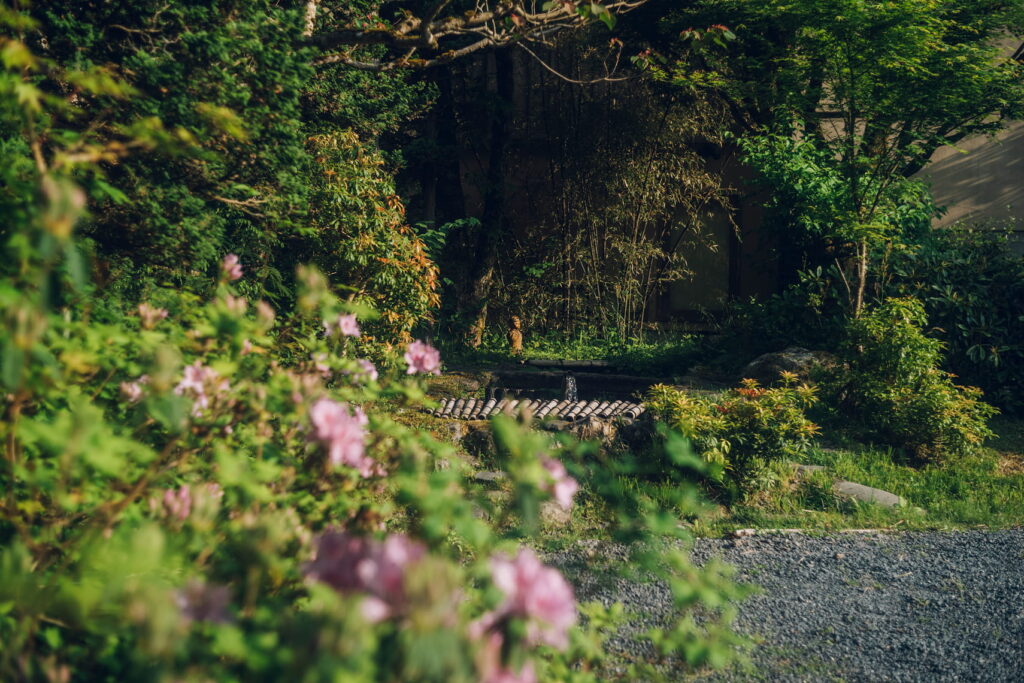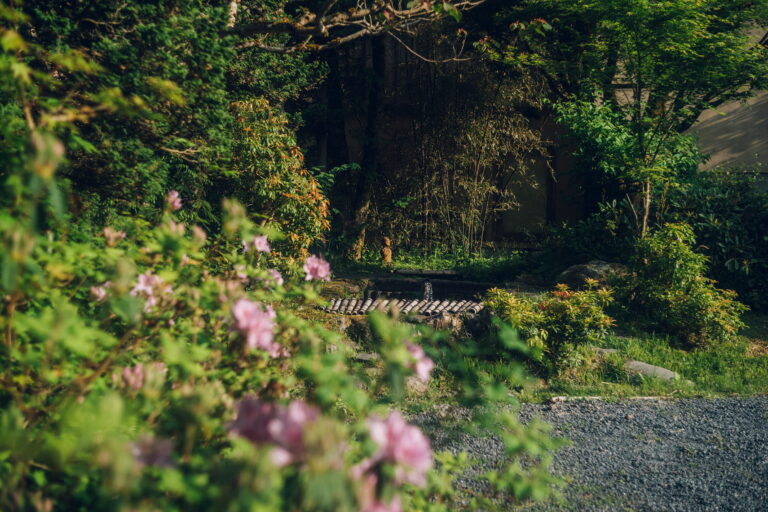The Origin of Tsumikusa Cuisine
The origin of Tsumikusa dates back to the Manyoshu (Japan's oldest anthology of poems). Heian aristocrats ventured out into the fields to physically experience the changing of the seasons. With love in their hearts and joy in embracing life within nature, they picked and savored the young herbs. Miyamasou’s third-generation owner incorporated that pastime into our Tsumikusa cuisine and gave it its name.
There is a waka poem in the Hyakunin Isshu anthology that translates as, “For you, I head out into the spring fields to pick young herbs, snow falling on my sleeves.” It depicts Emperor Koko gathering herbs for a loved one as spring snow gently falls upon his sleeves.
"Tsumikusa" is also a seasonal word for the third month of the lunar calendar. It evokes a time long ago when people looked back on winter and looked forward to spring, as the buds of butterbur peeking out from the thawed earth filled their hearts with exhilaration and joy. It is a moment that connects people with nature.
Wild grasses, fish, wild beasts. Vivid with elegance.
In ancient times, sweetfish from Hanase were offered to the Imperial Palace. The aromatic sweetfish, nurtured on fresh moss in the clear, endlessly flowing streams, are a delicacy that can only be savored in these remote mountains.
Wild grasses hand-picked daily by chefs venturing into the mountains and riversides, and the bounties of the mountains and rivers caught by fishers and hunters. At Miyamasou, our chefs employ diverse flavors and techniques to ensure that guests can fully savor the ingredients sourced from around Hanase.
When remote mountain scenery and pastimes crystallize
Hisato Nakahigashi, the fourth-generation owner of Miyamasou, continues to develop and pass on Tsumikusa cuisine and to explore various ways of expressing it.
Raised in Hanase from his early years, he has strong memories of hiking into the mountains, diving into rivers, and getting buried in snow. He moved to France as a teenager and trained at a local auberge, which made a strong impression on him. He was deeply influenced by the way time flowed around food and people in France, the style of service there, and the experiences that deepened his love for his own culture. In this era when various things and experiences intersect and diversify, Miyamasou continues to experiment with new dining moments and the possibilities that unfold from them. Enjoy our imaginative seasonal creations.
Lunch or Dinner
Per person:
¥18,000 (base price) / ¥22,770 (tax and service charge included)
¥23,000 (base price) / ¥27,830 (tax and service charge included)
¥28,000 (base price) / ¥33,880 (tax and service charge included)
Prices vary depending on the course.
For further details, please contact us by phone.
